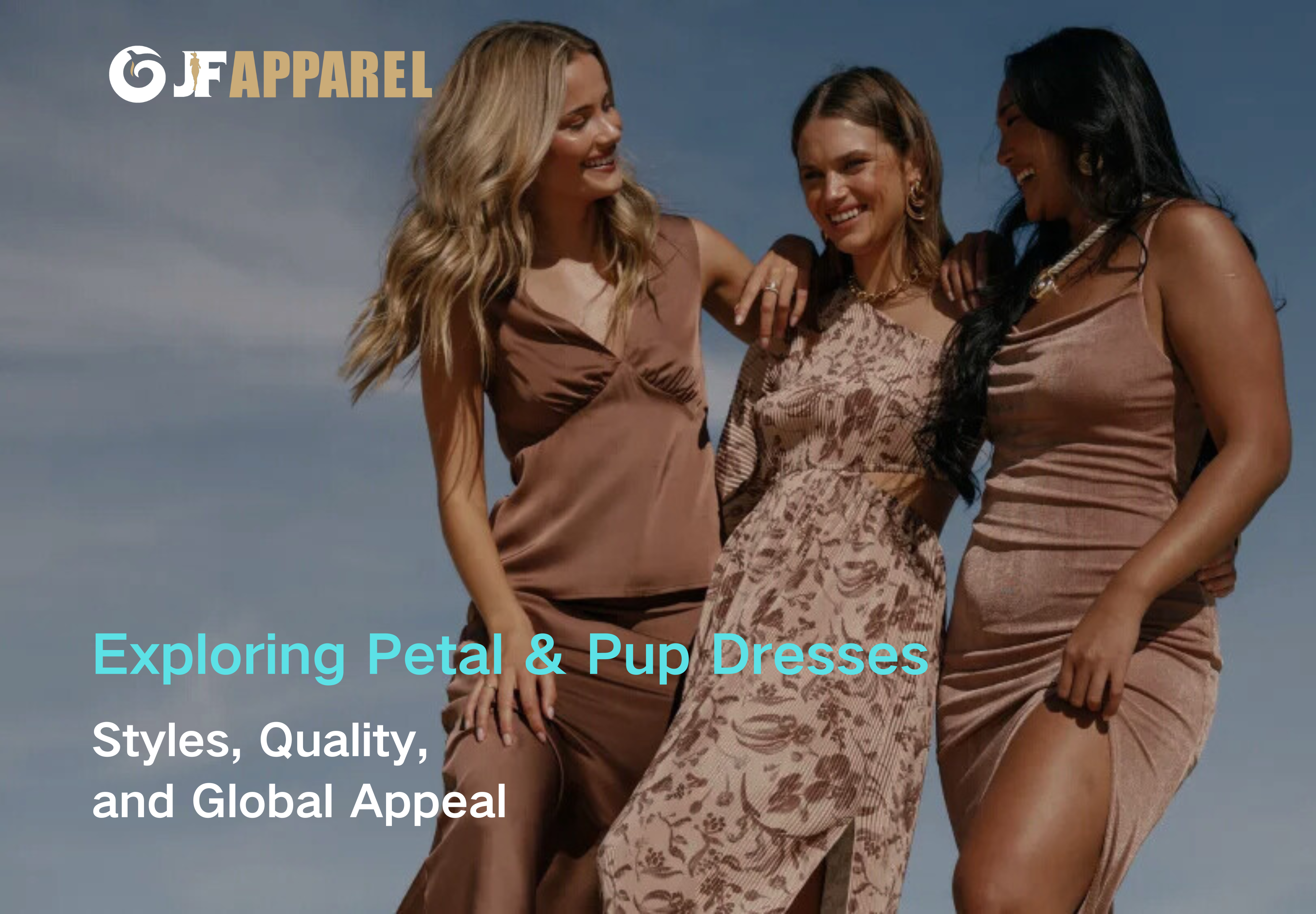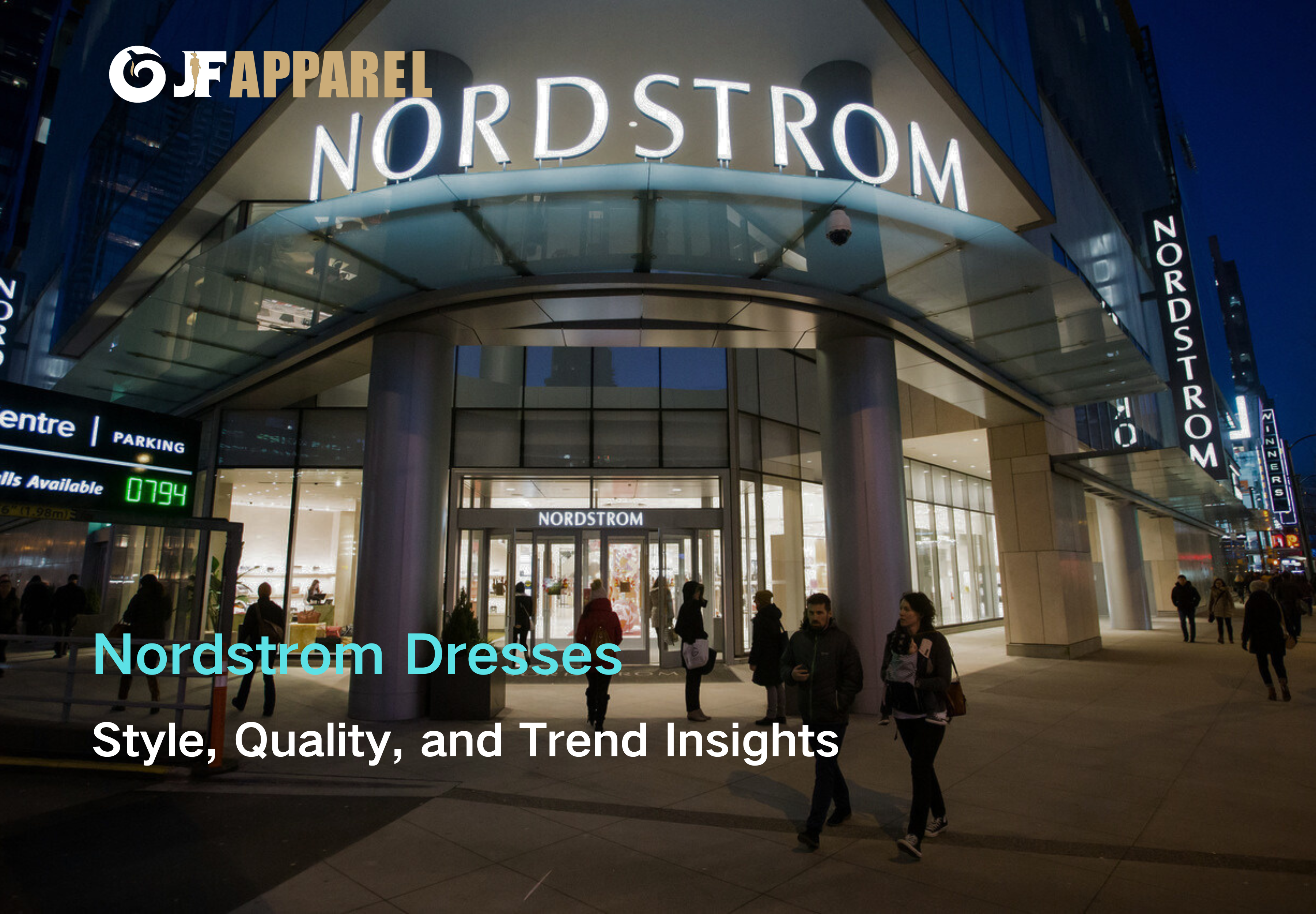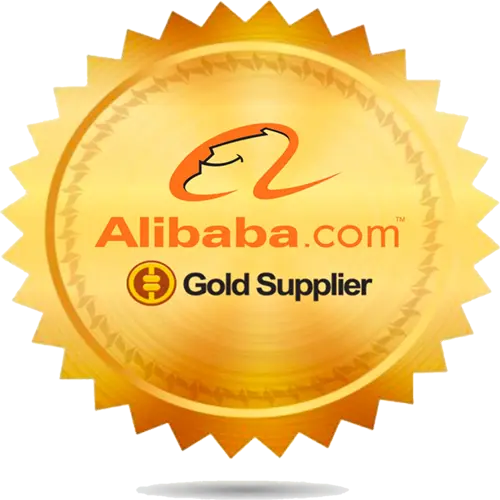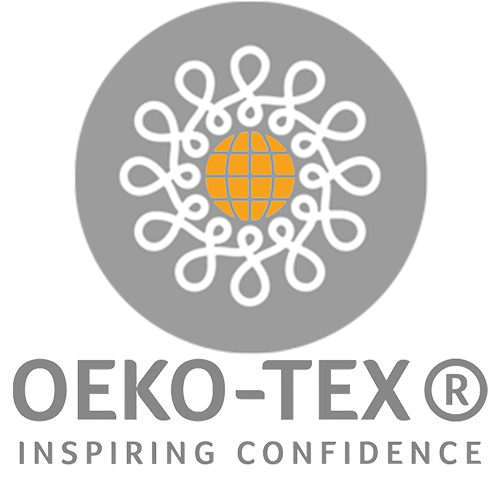Viscose Fabric
Viscose fabric, a premium-quality man-made fiber derived from natural cellulose, is renowned in the fashion industry for its exceptional softness, moisture absorption, and breathability. Combining the comfort of natural fibers with the high-performance characteristics of synthetic fibers, viscose is ideal for various high-end fashion and casual wear applications.

Features
- Exceptional Softness
- Superior Moisture Absorption
- High Breathability
- Outstanding Dye Affinity
- Anti-Static Properties
- Eco-Friendly Production
Unique Production Techniques and Differences from Ordinary Fabrics
The production process of viscose fabric integrates advanced technology and eco-friendly methods, offering significant advantages over ordinary fabrics:
- High Purity Fiber Extraction: High-tech methods are employed to extract cellulose from natural plants, ensuring the high purity and consistency of viscose fibers. This process guarantees the fabric’s softness and sheen.
- Eco-Friendly Dyeing Technology: Viscose fabric uses environmentally friendly dyes, reducing environmental pollution while ensuring vibrant and long-lasting colors. In contrast, ordinary fabrics often use chemical dyes that can be harmful to the environment.
- Cellulose Regeneration Technology: Through cellulose regeneration technology, viscose fabric achieves the softness and comfort of natural fibers while offering superior moisture absorption and breathability.
- Advanced Weaving Techniques: Utilizing state-of-the-art weaving equipment and technology ensures consistent quality in every meter of fabric. This precision makes viscose fabric more refined and suitable for high-end fashion creations.
- Sustainable Production: The entire production process emphasizes sustainability, from the selection of raw materials to the production techniques, rigorously controlling environmental impact and aligning with modern eco-friendly standards.
Application scope
High-End Fashion: The silky touch and luxurious appearance of viscose fabric make it a top choice for high-end fashion. It is perfect for creating elegant evening gowns, stylish dresses, and premium shirts.Casual Wear: The softness and breathability of viscose make it ideal for everyday casual wear such as T-shirts, casual pants, and skirts.Lingerie: Given its skin-friendly nature and moisture absorption properties, viscose is an excellent material for high-quality lingerie, offering supreme comfort.Activewear: The high breathability and moisture-wicking properties make viscose suitable for activewear, ensuring dryness and comfort during physical activities.
Available clothing types
- Viscose interlaced high neck shirt gray
- Solid Color Casual Homewear Bottoms Linen Viscose Fabric
- Fluid viscose draped top Viscose and acetate
- Striped trousers sandal slate blue
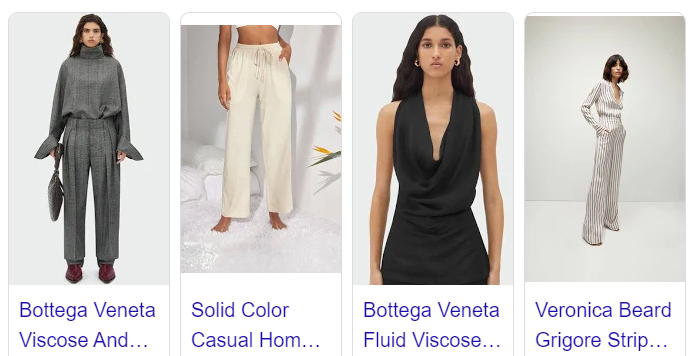
Care Instructions
- Washing: Hand wash or use a gentle machine wash in cold water. Avoid high temperatures and strong detergents to maintain the fabric’s softness and color.
- Drying: Lay flat to dry, avoiding direct sunlight to prevent deformation or fading. Refrain from using a tumble dryer.
- Ironing: Use a low-temperature iron. Place a cloth over the fabric while ironing to protect the fibers from direct heat.
- Storage: Store in a dry, ventilated area. Avoid prolonged exposure to humid environments to prevent mold.
Frequently Asked Questions (FAQ)
Does viscose fabric shrink easily?
- Yes, viscose fabric may experience slight shrinkage during the first wash. It is recommended to follow the care instructions for washing and drying.
Is viscose fabric suitable for sensitive skin?
- Due to its softness and excellent breathability, viscose fabric is very suitable for sensitive skin, providing a comfortable wearing experience.
Can viscose fabric be tumble dried?
- It is not recommended to use a tumble dryer. Laying flat to dry helps maintain the fabric’s shape and softness.
Is viscose fabric environmentally friendly?
- Yes, our viscose fabric uses eco-friendly dyeing technology and a production process focused on sustainability, ensuring minimal environmental impact.
What are the advantages of viscose fabric?
- Viscose fabric is soft, moisture-absorbing, breathable, and anti-static, making it ideal for creating comfortable and stylish garments.
Can viscose fabric be used for high-end fashion?
- Absolutely. The silky feel and luxurious appearance of viscose make it perfect for high-end fashion designs.
How durable is viscose fabric?
- Viscose fabric, processed with special techniques, offers good durability and resilience, suitable for long-term wear.
Understanding Viscose Fabric
Viscose fabric is widely popular among interior designers, fashion designers, and consumers. Also known as rayon, this semi-synthetic fabric offers a luxurious and smooth texture.
The first viscose fiber was invented by Hilaire de Chardonnet, a French scientist and industrialist. Although it was more affordable than silk, it was highly flammable. Later, three British scientists made a significant breakthrough by discovering and patenting a safe production method for viscose rayon. By 1905, viscose rayon fabric became commercially available.
The development of sustainable and eco-friendly production methods has further enhanced the appeal of viscose fabric.
In this guide, you’ll learn about the fabric’s characteristics, production process, and common uses. Additionally, you’ll discover the pros and cons of viscose fabric, allowing you to compare it to other fabrics.
What is Viscose Fabric?
Viscose fabric is made from cellulose fibers derived from wood pulp or bamboo. The production process involves treating the cellulose with chemicals to dissolve it into a solution, which is then extruded through spinnerets to form fibers. These fibers are spun into yarns and woven or knitted into fabric.
Viscose offers a balance between natural and synthetic fibers. It is cheaper than natural silk but still provides a soft and luxurious feel. However, viscose fabric can be prone to wrinkling and may require special care during laundering to maintain its quality.

Viscose Fabric Pros and Cons
Pros
- Soft and Comfortable: Provides a luxurious feel against the skin.
- Breathable: Allows air to circulate, helping to keep the wearer dry and comfortable.
- Excellent Drape: Offers a graceful flow that enhances the appearance of garments.
- Heat-Resistant: Does not shrink when exposed to mild heat.
- Versatile Blending: Can be blended with other fibers to enhance its properties.
- Easy to Dye: Can be easily dyed to achieve vibrant colors.
Cons
- Wrinkles Easily: Can wrinkle easily, requiring frequent ironing or steaming.
- Special Care Needed: Requires special care during laundering and storage to maintain its appearance.
- Less Durable: Less durable compared to some other fabrics, prone to wear and tear over time, especially with frequent washing and heavy use.
- Shrinkage Risk: Can shrink if not properly cared for during washing.
- Environmental Impact: Involves the use of chemicals and processes that can have environmental impacts if not managed responsibly.
Conclusion
Viscose fabric is a versatile material with numerous benefits for fashion and industry. It’s soft, comfortable, and breathable, making it ideal for clothing and allowing for unique designs. Additionally, viscose is useful in home textiles and industrial applications. However, it’s crucial to consider the environmental impact and ensure proper care in its use and disposal. Overall, viscose is an excellent, sustainable, and versatile choice for designers.



